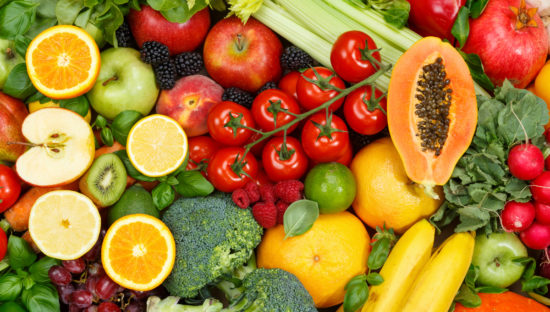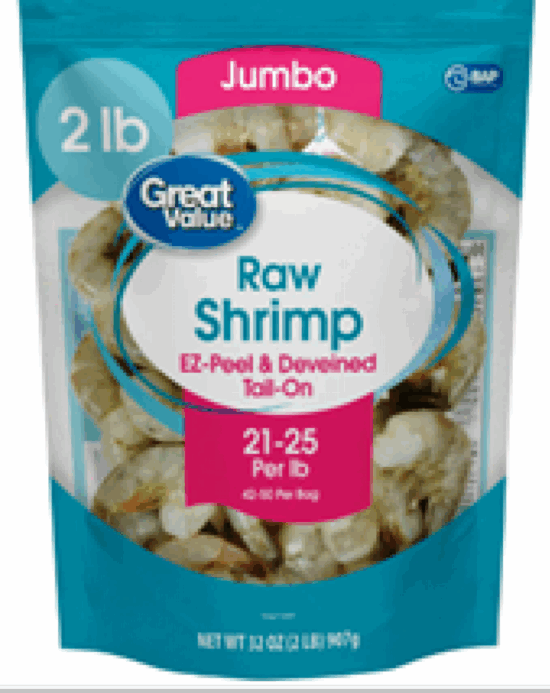Acceptance of food irradiation appears to be increasing, according to an analysis of previous research.
A total of 27 peer-reviewed articles in English covering 24,474 people in 15 countries provided the survey-based data.
Results showed a large increase in acceptance of irradiated food from 33 percent in 1992 to 67 percent in 2024. Refusal to purchase irradiated food decreased from 19 percent to 16 percent in the same period. Familiarity with the technology remained relatively unchanged at around 50 percent.
Food irradiation uses ionizing radiation to kill bacteria, viruses, and other pathogens in food, helping to extend shelf life. The process does not make the food radioactive.
According to the findings, published in the Italian Journal of Food Safety, some consumers believe irradiation is used as a fix for poor production practices, reflecting distrust in both the technology and industry.
Acceptance versus desire to purchase
Uncertainty about food safety is a primary factor in people’s consideration of consuming such food.
For most papers reviewed, high acceptance and awareness rates were reported after being part of an educational program or getting positive information about irradiated food.
Familiarity with the labels of irradiated food is still low. On average, only 34 percent of all surveyed individuals reported being familiar with labels in studies that reported such statistics.
In the U.S., acceptance and familiarity seem to be higher compared to other countries. Studies from Mexico, Brazil, and Chile reported low familiarity rates. Developed economies had higher awareness and acceptance rates compared with developing countries.
The Food and Drug Administration has approved a variety of foods for irradiation in the United States. such as beef and pork, fresh fruits and vegetables, poultry, shell eggs, as well as spices and seasonings. Food and ingredients authorized for irradiation in Europe include fruit and vegetables, cereals, cereal flakes and rice flour, fish, shellfish, frog legs and raw milk camembert.
While some may accept irradiated food being sold, they would not necessarily purchase it. One reason for this is the availability of cheaper alternatives.
“The findings underscore the need for targeted educational campaigns to address misconceptions and enhance consumer confidence in irradiated food, providing valuable insights for policymakers and stakeholders aiming to promote food irradiation as a safe and viable technology. Trust in science could explain the variation in accepting and consuming irradiated food,” said scientists.
(To sign up for a free subscription to Food Safety News, click here)



